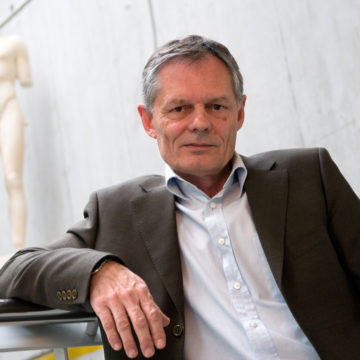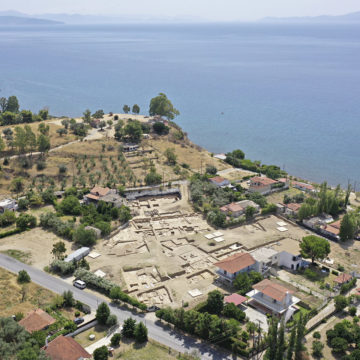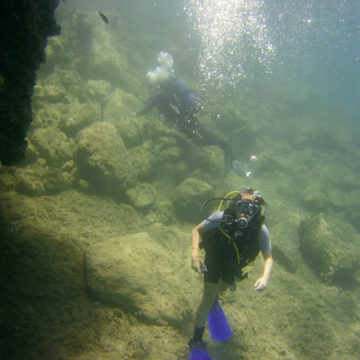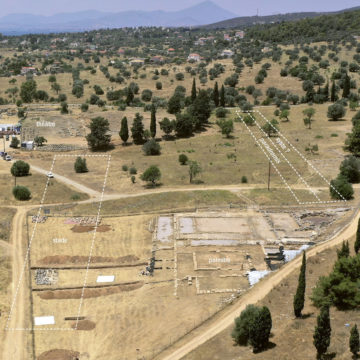General Meeting 2019
Date: November 22, 2019, 11:00.
Speakers: Pascal Couchepin (President of the Board of Trustees of the Swiss School), Karl Reber (director of the Swiss School), Tobias Krapf (FNS-Swiss School), Daniela Greger (FNS-Swiss School), Julien Beck (University of Geneva) and Guy Ackermann (EfA).
Venue: Antikensammlung Bern, Hallerstrasse 12.
The fieldwork of the Swiss School in 2019
Professor Karl Reber, director of the Swiss School of Archaeology in Greece, will present the School’s fieldwork and public activites in 2019.
Sanctuary of Artemis at Amarynthos
Tobias Krapf (FNS-Swiss School) and Daniela Greger (FNS-Swiss School) will present the 2019 excavation season in the Artemision of Amarynthos, which focused on the exploration of the core of the sanctuary. The foundations of the monumental altar were uncovered, while the plan of several buildings was clarified, in particular the monumental building from the 7th century BC, as well as the large eastern portico, whose southern wing has been uncovered.
In addition, a fragment of a decree discovered this year mentions the toponym “Amarynthos”.
Geophysical prospection and exploratory trenches in the periphery of the sanctuary also provided a better understanding of the spatial extension of the Artemision.
The Bay of Kiladha underwater project
Julien Beck (University of Geneva) will present the Bay of Kiladha project which aims at exploring archaeological remains in a small cove in the Southern Argolid (Peloponnese). Since 2014, a team of Swiss and Greek archaeologists have focused their attention on a submerged Early Bronze Age site discovered at Lambayanna. After trial trenches in 2016 and 2017, the site was surveyed in 2018 and 2019 using topographical and geophysical methods.
The field season included public presentations and summer schools, concerning experimental archaeology in particular.
Gymnasium in Eretria
Guy Ackermann (EfA) will present the fieldwork in the gymnasium of Eretria. The main objective was to try to locate the racetracks around the palaestra. The existence of a xystos and a paradromis, already attested from an inscription, was evidenced west of the palaestra thanks to ground resistance measurements.
A series of trenches south of the palaestra revealed a long canal made of terracotta pipes parallel to the façade as well as a carefully leveled layer of fine clay. These two structures confirm the hypothesis of a stadium in the plain between the theatre and the Sebasteion.



